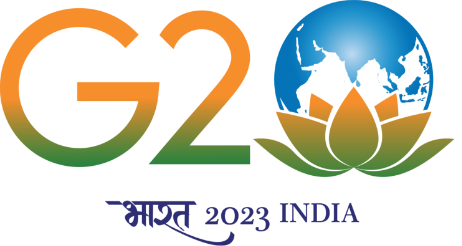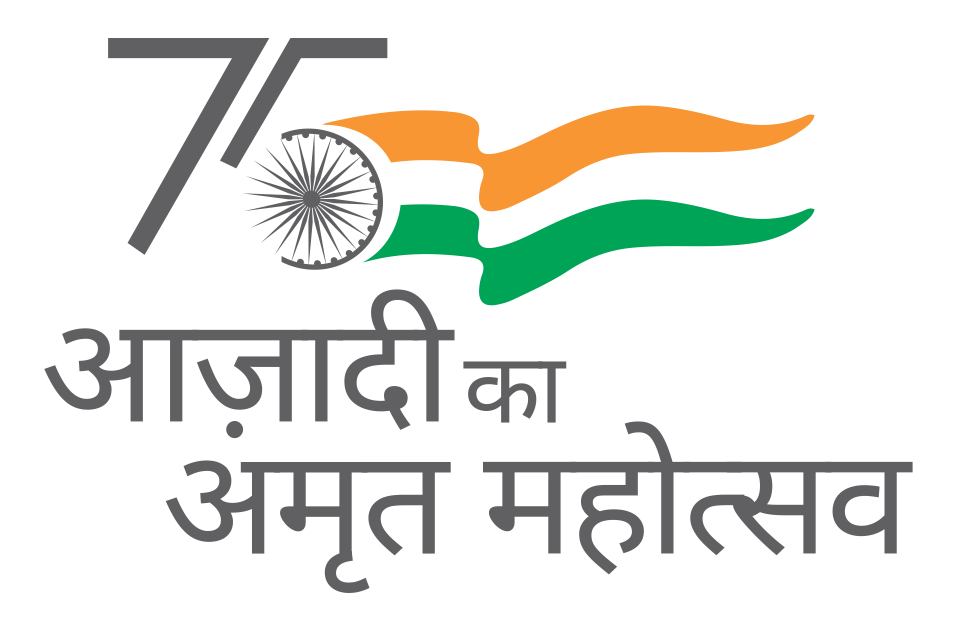Cheap and consistent power supply is the life blood of any industrial activity. The rapid industrialisation requirements of Madhya Pradesh required a source of cheap power. Since the bifurcation of Chhattisgarh from erstwhile Madhya Pradesh, most of the coal rich belt had become part of Chhattisgarh. Moreover, being a land locked state, MP was dependent on the transport system for availability of petroleum transported from sea ports. Even if a power plant were to be established, the limited market for power off-take didn’t provide sufficient evacuation capacity, thus depressing the project financials.
Development of solar energy plants received thrust with the Scheme for Development of Solar Parks and Ultra Mega Solar Power Projects dated 12th Dec., 2014 under the JNNSM Scheme allowing the development of large scale solar parks/ Ultra Mega Solar Power Projects. RUMSL decided to undertake market consultation for undertaking the project on PPP mode where RUMSL as a SPPD will develop the solar park infrastructure and select the private sector agencies to develop the solar project within the park.
Government of Madhya Pradesh initiated establishment of the Rewa Ultra Mega Solar Limited (RUMSL) in 2015 as a Joint Venture Company of Madhya Pradesh Urja Vikas Nigam Limited (MPUVNL), and Solar Energy Corporation of India (SECI). RUMSL was designated as Solar Power Park Developer (SPPD) by Ministry of New and Renewable Energy (MNRE) to develop largescale solar parks in the state of Madhya Pradesh. RUMSL was tasked with development of solar parks under MNRE’s Ultra Mega Renewable Energy Power Projects (UMREPP) scheme of GoI.
The market responded favourably to the project concept. Buoyed by the market interest, RUMSL envisioned the project DBFOO model to bring in the expertise required for developing and operating large scale solar power project, and the project was auctioned by bifurcating 750 MW solar project into three units of 250 MW, bid parameter being the lowest tariff. IFC was the transaction advisor for Rewa UMSPP.
Implementing Agency: Rewa Ultra Mega Solar Limited (RUMSL)
Project Structure: DBFOO
Private land purchased under mutual consent policy of the state ensure effective and timely land procurement for the project which significantly contributed to the project being on time. Assured off take de-risked the project - project sells its power to the Madhya Pradesh Power Management Company Limited (MPPMCL) and Delhi Metro Rail Corporation (DMRC) under a 25-year Power Purchase Agreement (PPA). The project includes an innovative win-win power scheduling agreement between the two procurers that enables DMRC to draw power flexibly to suit the variable nature of its demand for running trains. This was the first time this form of agreement was made in the Indian electricity market.
Integrating higher credit worthy institutional procurers such as Delhi Metro alongside a state-owned energy utility (MP Power Management Company) enhanced the overall attractiveness of the transaction to investors and financiers and reduced revenue risk. The three-tier payment security mechanism introduced in the project is a first in India and provided the necessary assurance to the lenders and investors regarding payments from the PSA.
The Plant increased India’s solar power generation capacity by 2.50%. The project led to lowest ever tariff awarded for a solar PPP in India (without viabilitygap funding provided by the government) of INR 2.97 per kWh. At this price, grid parity was reached, meaning the solar
power was as affordable as other conventional power generation methods such as coal.
Prior to the Rewa solar project, bidding of solar projects yielded a levelized tariff of INR 4.5 per kWh with a weighted average viability gap funding (VGF) of about INR 1 crore per MW or 15% of the capital cost. This solar tariff was on the higher side and the government had
limited resources to provide subsidy (VGF) to buy down the tariffs to make them palatable for utilities. The Government of Madhya Pradesh took the bold initiative to develop the project without direct subsidy to private developers. The innovative features in the project
structure led to historic low project tariff, which was achieved without any VGF support: the first-year tariff of 2.97/unit and a levelized rate of 3.30/unit over the term of twenty-five years.
The project acted as an example for national guidelines for competitive bidding for solar projects that was notified by Government of India after the Rewa project incorporated many provisions of the Rewa contracts for application across solar projects in India. These included provisions for:
- termination payments to compensate developers for early termination of the contracts;
- compensation for grid unavailability;
- strong payment security mechanisms including the option for State guarantees in case of State led projects, laying the foundation for low-cost capital to flow into large investments in solar projects.
The National Solar Bidding Guidelines, published by the Ministry of New and Renewable Energy, used several of the project structuring elements of the REWA solar park. Furthermore, the project is estimated to meet up to 60% of the day's electricity demand of DMRC.
The project is a completely green initiative, providing a carbon dioxide blockage of 15.4 lakh tonnes annually, equivalent to planting 26 million trees. The Project has been named for Prime Minister’s “Book of Innovation” and also received “President Award” from World Bank for World Bank and the first project Transaction structure with CTF loan.
The REWA project structure has been successfully replicated for 3 solar parks sites across the State of Madhya Pradesh, namely Agar Solar Park of 550 MW, Shajapur Solar Park of 450 MW and Neemuch Solar Park of 500 MW.
The project is India’s first and till now the only solar project to get funding from Clean Technology Fund (CTF). It is also the first project to get funding from The World Bank and Clean Technology Fund. Three tier payment security mechanism, first time in India. Long term loan were made available to RUMSL through World Bank’s ‘Shared Infrastructure for Solar Parks’ scheme for development of Internal Evacuation Infrastructure. The project was bid out with minimal commercial risk and robust payment security mechanism which helped in achieving lowest tariff and low-cost finance.
Maximizing flexibility in an online reverse auction process lead to increased competition and lower tariffs. The rule included using the lowest tariff proposed at the time of bid submission as the base price for the reverse auction. To promote biddability of the project, the 750 MW project was bifurcated into three units of 250 MW each which were bid out simultaneously. This increased market competition and diluted the risks for the PSA. The PSA undertook extensive market consultation which resulted in bid participation by 20 international and national companies.
RUMSL envisioned the project DBFOO model to bring in the expertise required for developing and operating large scale solar power project, and the project was auctioned by bifurcating 750 MW solar project into three units of 250 MW, bid parameter being the lowest tariff. IFC was the transaction advisor for Rewa UMSPP.











